A new report published by the European PV trade body says Australia’s solar sector is forecast to undergo major growth through to 2029, with “unmatched potential” across utility-scale, commercial, and residential markets.
In the just-released Global Market Outlook for Solar Power 2025-2029 report, SolarPower Europe predicts Australia’s total PV capacity will increase dramatically by the end of the decade, driven by “strong policies, financial incentives, and public demand.”
Australia’s solar PV market has grown rapidly in the past 10 years, with “more than 3.92 million residential installations and a total capacity exceeding 37.8 GW as of September 2024,” SolarPower said. “Solar PV, both rooftop and utility-scale, continues to set new records, driving renewables to a 46% share of the National Electricity Market (NEM) by year-end.”
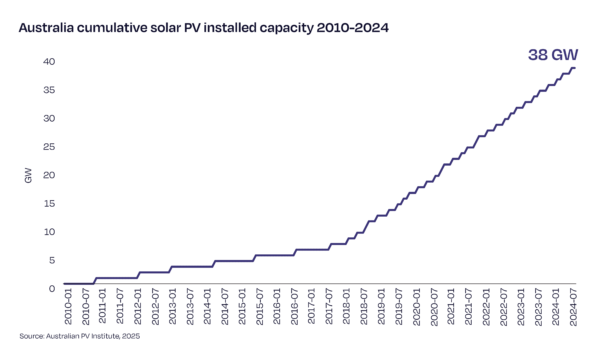
The report touches on Australia’s rooftop solar uptake, which has delivered more than 4 million installations and 27 GW capacity as of late 2024, and highlights the role large-scale solar is expected to play in Australia’s energy transition.
SolarPower said Australia’s utility-scale solar sector has seen “strong but fluctuating” growth, with 6.07 GW under construction or in planning. This is in addition to the 10.35 GW of operational utility-scale solar already connected to the NEM and the Wholesale Electricity Market (WEM).
“Despite a 20-fold capacity increase in six years, annual additions have varied due to supply chain issues, policy uncertainty, and grid constraints,” the report reads. “However, the sector is set to rebound, with projections exceeding 50 GW by 2030.”
SolarPower said policies like the federal government’s Capacity Investment Scheme (CIS) and Solar Sunshot program are accelerating large-scale solar adoption, while expanded subsidies for rooftop solar, battery storage, and solar farms are driving the transition from fossil fuels.
It also pointed out that CAPEX costs continue to decrease, with large-scale solar costs down 8% in 2024 while rooftop costs declined by 2%.
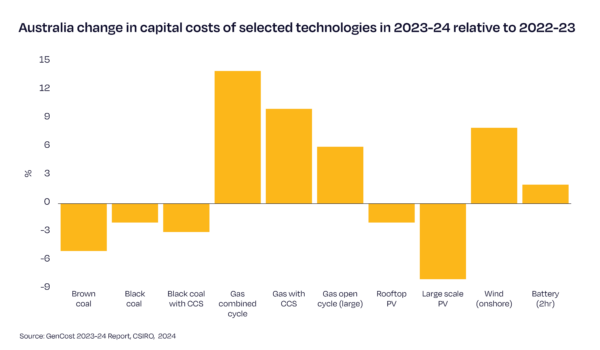
The Australia market outlook forms part of SolarPower’s broader annual report that suggests the world could be installing 1 TW of solar per year by the end of the decade.
SolarPower said the world installed 600 GW of solar in 2024, with global cumulative PV capacity crossing the2 TW milestone late in the year.
“By the end of 2024, solar PV made up 46% of global renewable capacity, with 2.2 TW installed,” SolarPower said. “By 2030, we expect global installed solar PV capacity to exceed 7 TW by 2030.”
The organisation suggested global installs may add up to 655 GW of new PV capacity this year, which would represent a 10% growth compared to 2024.
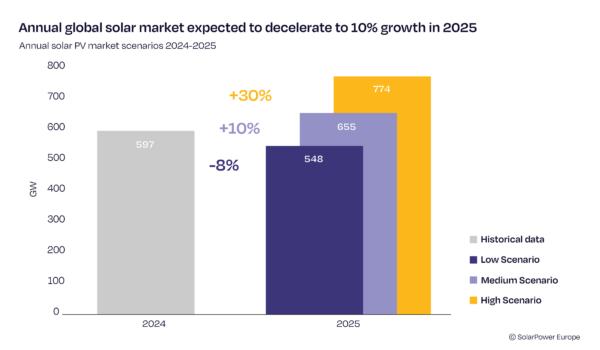
The association outlined three scenarios for 2025: the High Scenario with up to 774 GW of annual additions; the Mid Scenario envisaging an expansion of 655 GW, which the authors of the report said is the most likely development trajectory; and the Low Scenario with only 548 GW of new PV power being expected.
China is predicted to account for about 53% of new global installations this year, followed by the Asia-Pacific (APAC) region without China (16%), the Americas (14%), Europe (13%), and the Middle East and Africa (MEA) region (4%).
This content is protected by copyright and may not be reused. If you want to cooperate with us and would like to reuse some of our content, please contact: editors@pv-magazine.com.
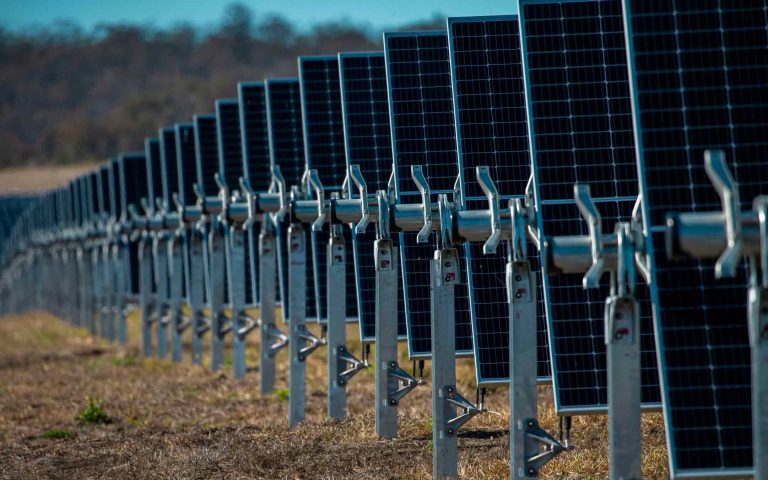
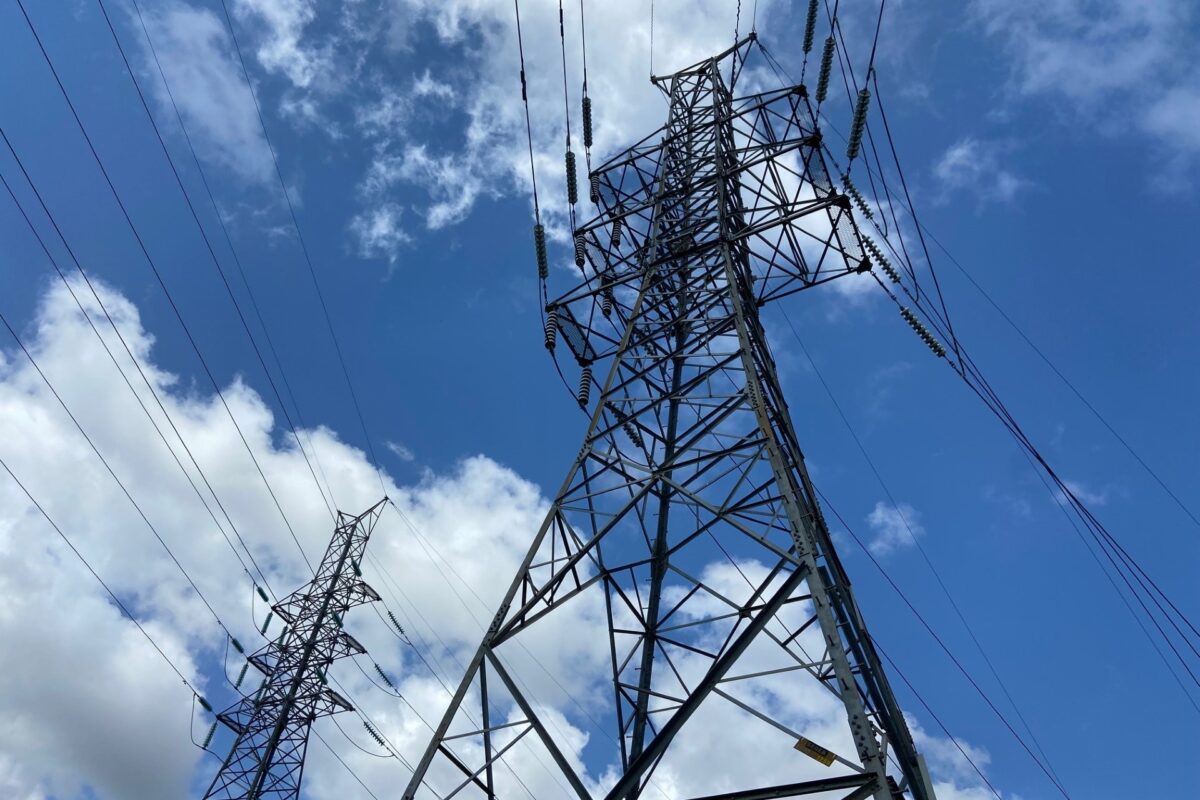


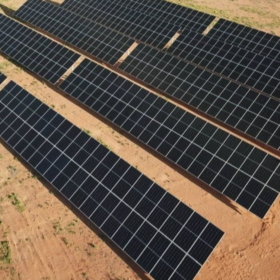
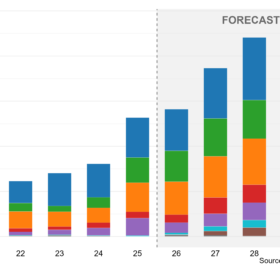
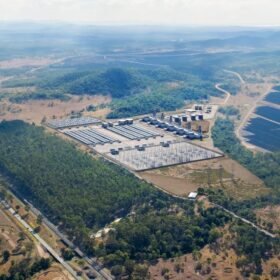
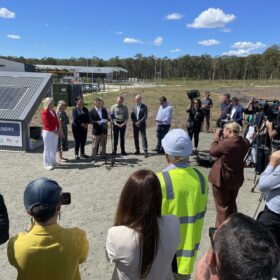
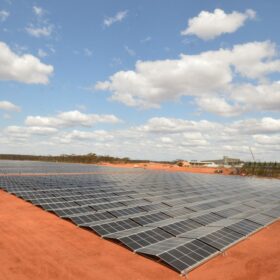
1 comment
By submitting this form you agree to pv magazine using your data for the purposes of publishing your comment.
Your personal data will only be disclosed or otherwise transmitted to third parties for the purposes of spam filtering or if this is necessary for technical maintenance of the website. Any other transfer to third parties will not take place unless this is justified on the basis of applicable data protection regulations or if pv magazine is legally obliged to do so.
You may revoke this consent at any time with effect for the future, in which case your personal data will be deleted immediately. Otherwise, your data will be deleted if pv magazine has processed your request or the purpose of data storage is fulfilled.
Further information on data privacy can be found in our Data Protection Policy.